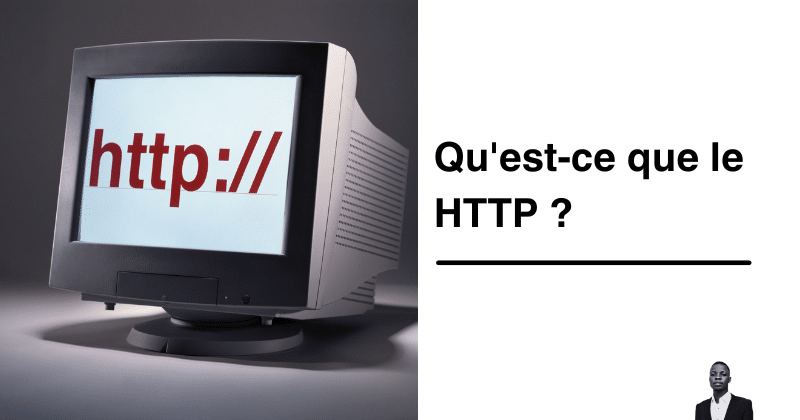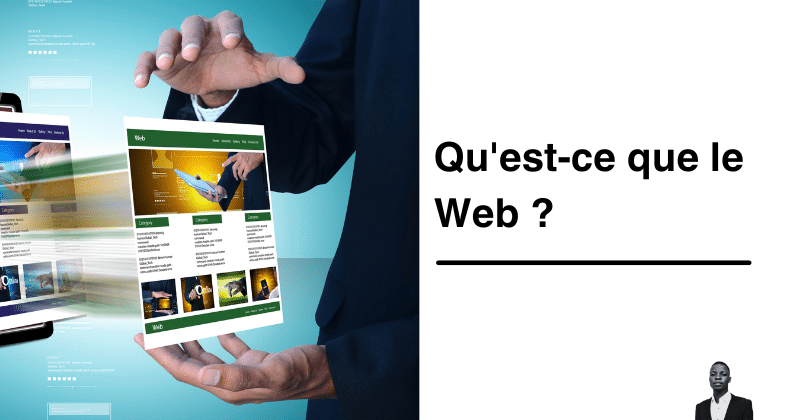Glossary IT development / web development
A handy glossary is the key to deciphering web development and training.
Need clarification on web development / IT development? My glossary covers everything from front-end and back-end development to web technologies in phase . It will be gradually expanded, so please contact me if you can't find a term.
Web development glossary | Computer development🎯
This glossary is designed to help you understand the essential terms and concepts of web development, whether you're a complete beginner or want to deepen your knowledge.

What is HTTP?
HTTP (HyperText Transfer Protocol) is the main communication protocol used to exchange information on the World Wide Web.

What is the web
History and definition The Web, or World Wide Web (WWW), is a hypertext information system accessible via the Internet. Invented by
Web development training
I'll guide you step-by-step through the web development process.
Introduction to Web Development
Objective: Understand the basics of web development and key technologies.
What is Web Development? Web development encompasses website creation and maintenance. It covers everything from server-side programming to user experience design.
Front-End vs Back-End :
- Front-End Part of the website visible to the user (HTML, CSS, JavaScript).
- Back-End The part of the website responsible for logic, databases and user management (PHP, Python, Ruby, Node.js).
Basic language learning
Objective: Master fundamental web development languages.
- HTML (HyperText Markup Language) The standard markup language for creating web pages.
- CSS (Cascading Style Sheets) Used to describe the presentation of a document written in HTML.
- JavaScript Programming language for adding interactive behaviors to web pages.
Resources :
- Online tutorials : Mozilla Developer Network, W3Schools
- Books: "HTML and CSS: Design and Build Websites" by Jon Duckett, "JavaScript and JQuery: Interactive Front-End Web Development" by Jon Duckett
Introduction to Tools and Frameworks
Objective Use tools and frameworks to improve your productivity.
- Git and GitHub Version management and collaboration.
- CSS Frameworks : Bootstrap, Tailwind CSS
- JavaScript frameworks : React, Vue.js, Angular
Resources :
- Tutorials : Codecademy, freeCodeCamp
Back-End development
Objective : Learn the basics of server-side development.
- Languages PHP, Python (Django, Flask), Ruby (Ruby on Rails), JavaScript (Node.js)
- Databases MySQL, PostgreSQL, MongoDB
Resources :
SEO (Search Engine Optimization) and Performance
Objective Optimizing websites for search engines and performance.
- SEO (Search Engine Optimization) Techniques to improve your site's visibility on search engines.
- Web Performance Optimization of loading times, use of CDNs, file minification.
Resources :
- Articles : Moz Blog, Google Web Fundamentals
- Tools: Google PageSpeed Insights, GTmetrix
Practice and Projects
Objective Put into practice what you've learned by working on real projects.
- Projects Create a portfolio, develop a blog, build an e-commerce site.
- Open Source contributions Get involved in open source projects on GitHub.
Resources :
- Freelance platforms : Comeup, Upwork, Fiverr
- Communities: Stack Overflow, Reddit
IMPORTANT
Web development is a vast and constantly evolving field. By following this guide, you'll be well equipped to embark on this exciting adventure. Keep learning, keep experimenting, and don't hesitate to join communities to exchange ideas with other developers.
